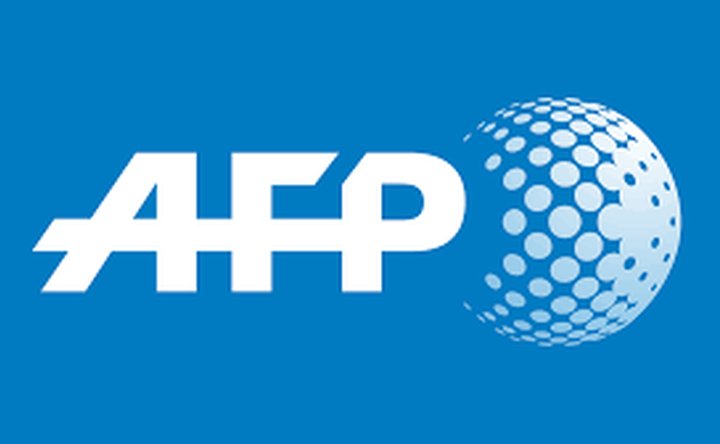Ukraine offers to provide NATO with cargo aircraft
Ukraine's state-run Antonov Airlines has said it is willing to provide more cargo planes to NATO after a Russian company said it would halt its contract with the transatlantic alliance at the end of 2018.
In early April, Russian aircraft provider Volga-Dnepr, a world leader in transporting oversize and heavy air cargo, said it would not extend its contract for the provision of its Soviet-designed Antonov 124s to NATO armies.
The halt of the contract, which Volga-Dnepr had renewed each year since 2006, comes as tensions run high between Russia and NATO.
NATO nations have been forced to charter Antonov 124s from firms in the former Soviet Union due to a lack of their own own cargo aircraft, which has been aggravated by delays in the development and delivery of the Airbus A400M.
Under the Strategic Airlift Interim Solution (SALIS) both Volga-Dnepr and Antonov Airlines had provided NATO with up to six transport aircraft altogether.
‘Antonov is ready to expand its cooperation... and guarantees the provision of as many planes as are needed for the project,’ a spokeswoman told AFP on 27 April.
There was no immediate comment from NATO but earlier this month the bloc said it was working with its members ‘to explore options to meet their future airlift requirement from January 2019 onward.’
The unavailability of Antonov 124s would be a problem for France especially as delays the A400M has left it very dependent on the aircraft for overseas missions.
More from Defence Notes
-
![UK releases security strategy and plans for future defence spending boost]()
UK releases security strategy and plans for future defence spending boost
The UK’s National Security Strategy brings together the recently released Strategic Defence Review (SDR), Strategic Security Review, AUKUS Review and Industrial and Trade Strategies. At the same time, the UK made a commitment to reach defence spending of 5% of GDP by 2035 and Germany committed to 3.5% by 2029.
-
![Pentagon’s FY26 defence budget proposal is $130 billion more than US Congress plans to provide]()
Pentagon’s FY26 defence budget proposal is $130 billion more than US Congress plans to provide
The House Committee on Appropriations approved a FY2026 bill reducing investments in main defence programmes.
-
![What role could holographic and 3D capabilities play in the warfare of tomorrow]()
What role could holographic and 3D capabilities play in the warfare of tomorrow
Holographic and 3D technologies have been lauded by some for their ability to provide technical and operational advantages for military training and planning. But is the hype truly justified?
-
![Unfolding the Golden Dome for America: Seven things you should know about the programme]()
Unfolding the Golden Dome for America: Seven things you should know about the programme
Shephard talked to multiple experts about the most pressing concerns and considerations regarding the air defence system advocated by President Trump.
-
![Industry welcomes UK Strategic Defence Review, but pressure remains on future defence investment plans]()
Industry welcomes UK Strategic Defence Review, but pressure remains on future defence investment plans
While industry reception to the SDR has been positive, questions still remain from analyst and trade associations about what this could mean for future investment and the future UK Defence Industrial Strategy.






















